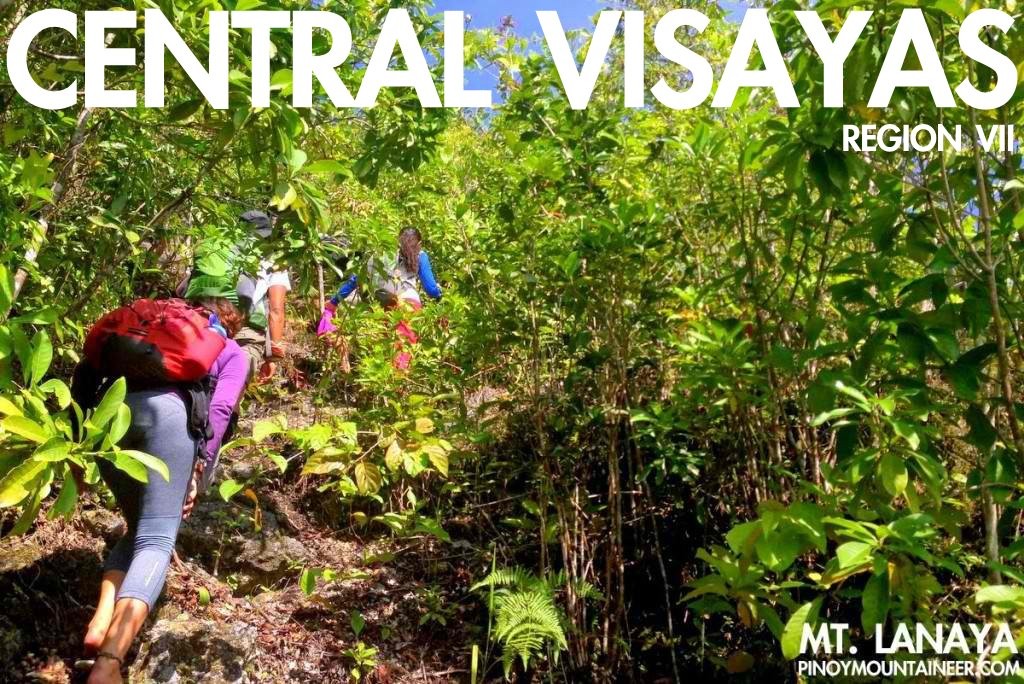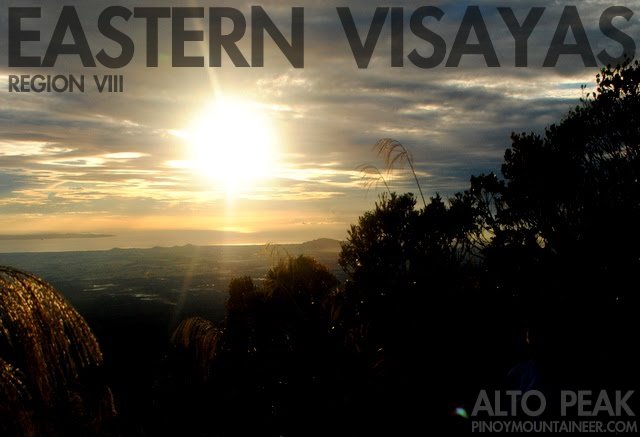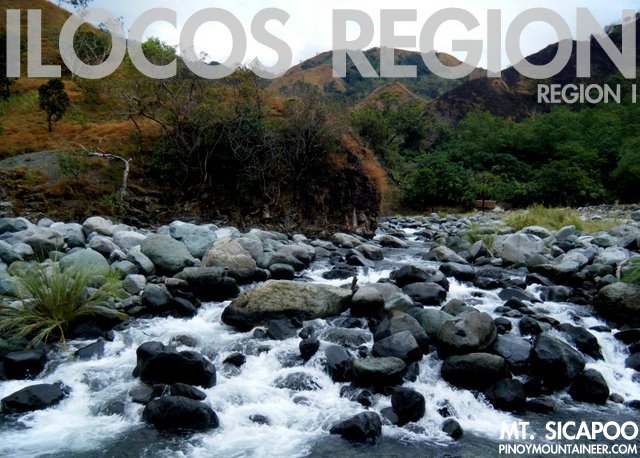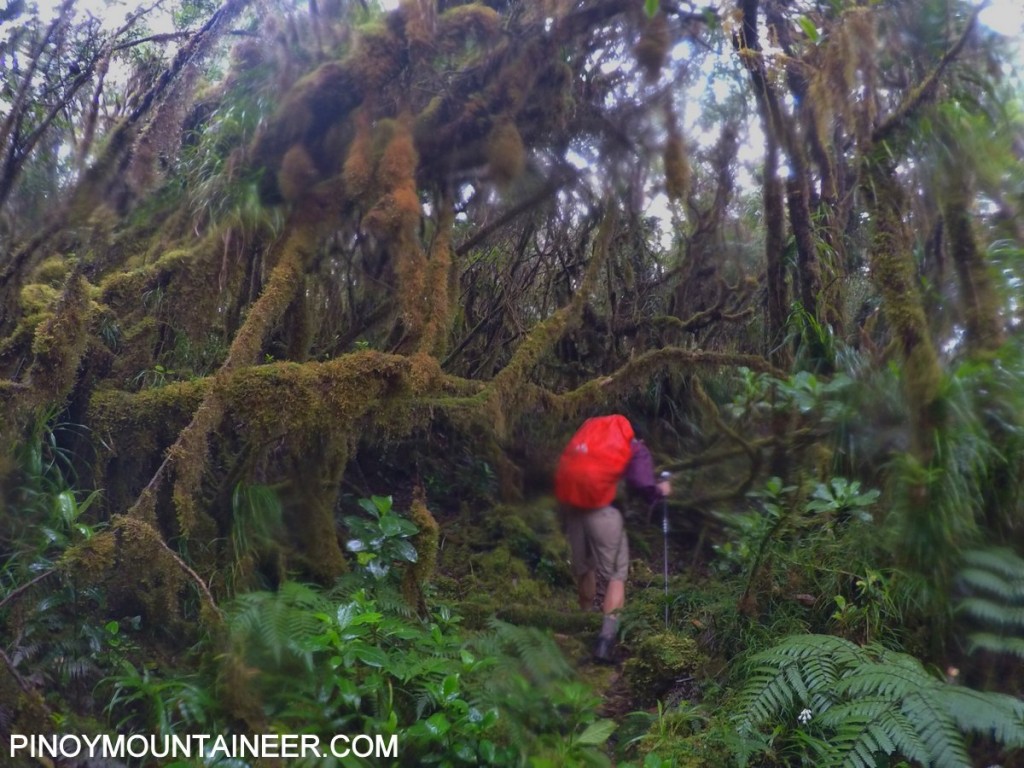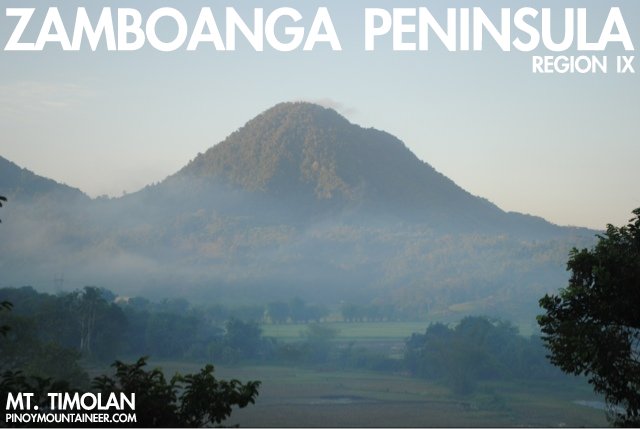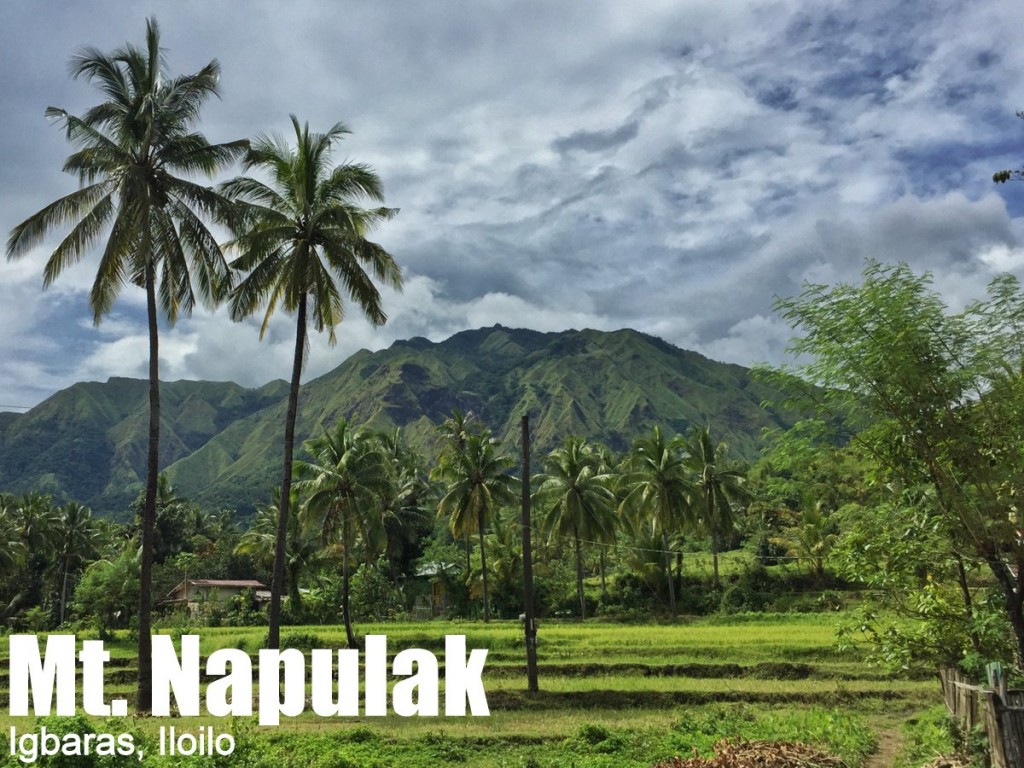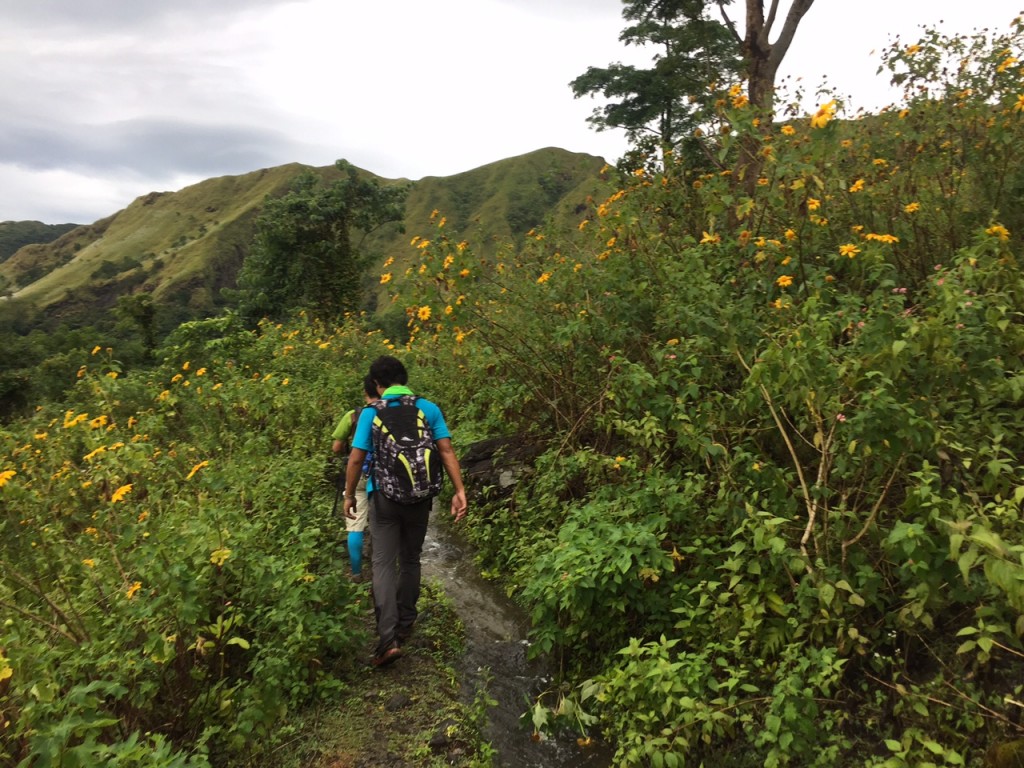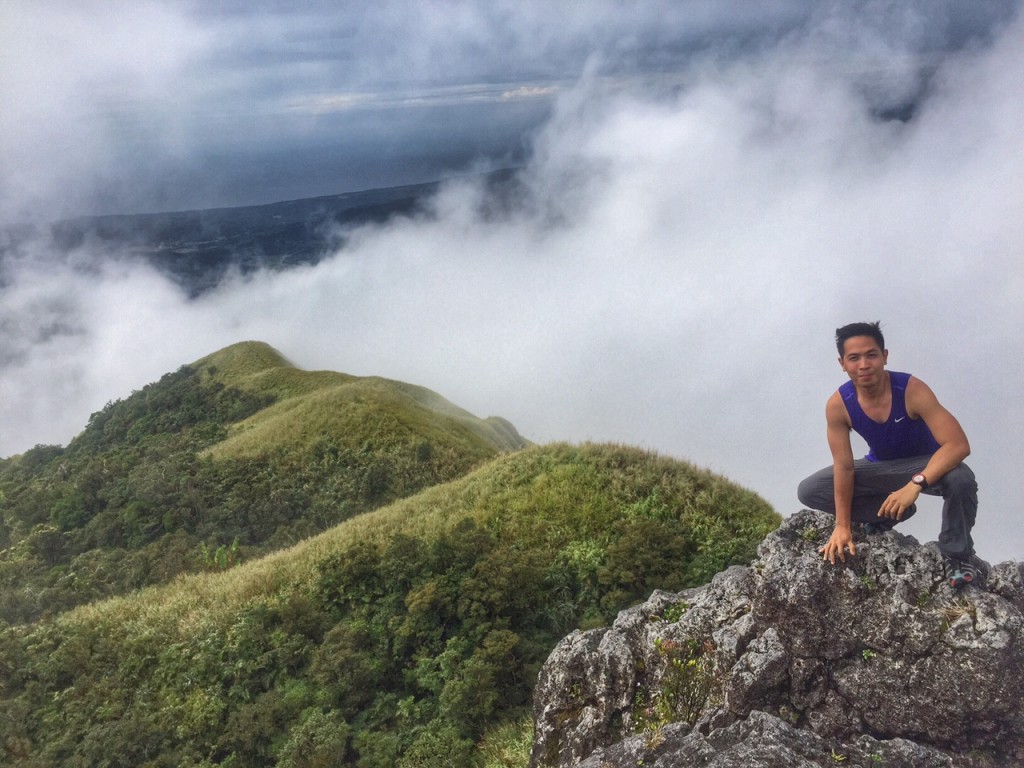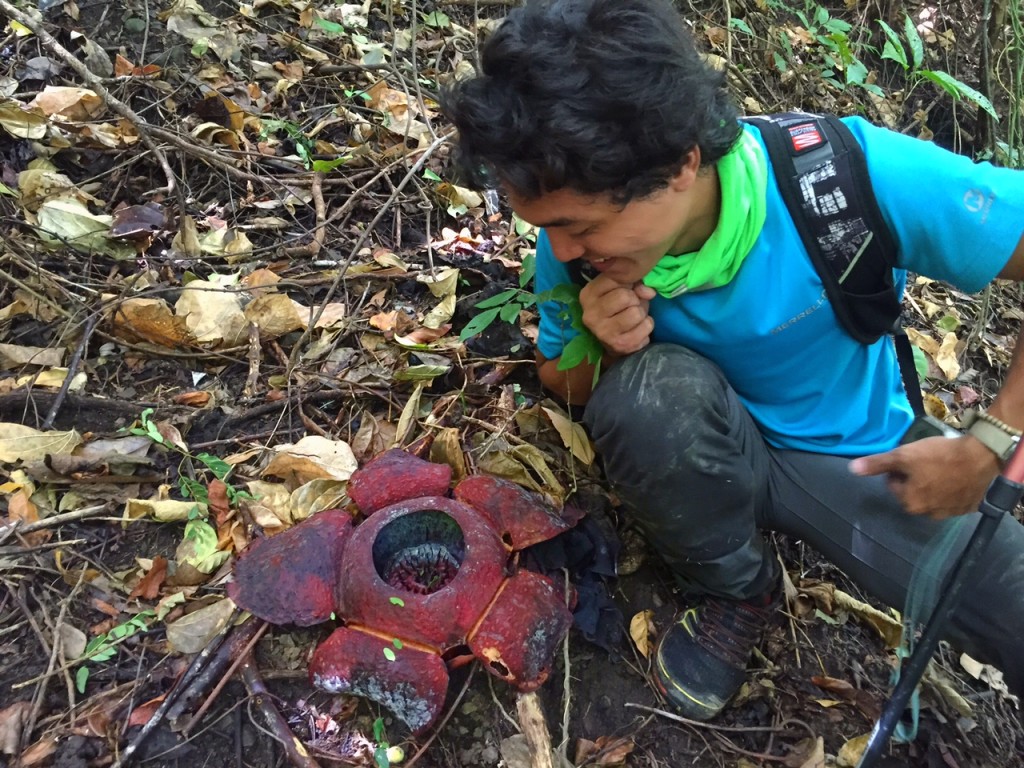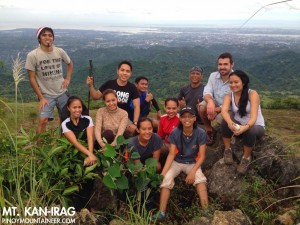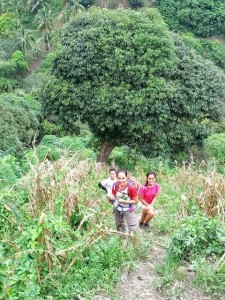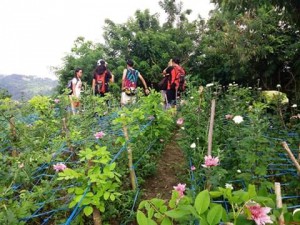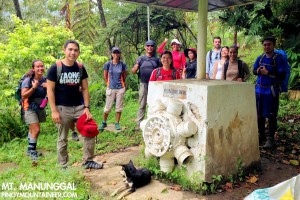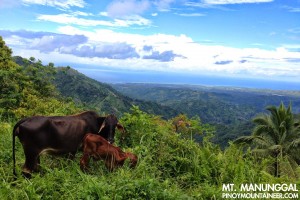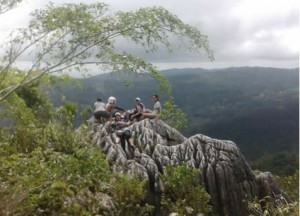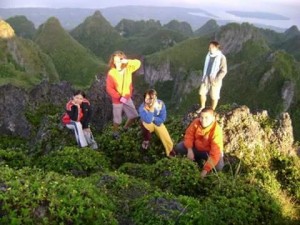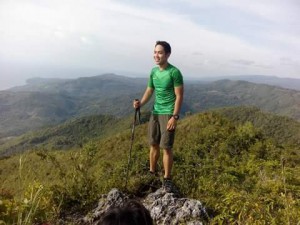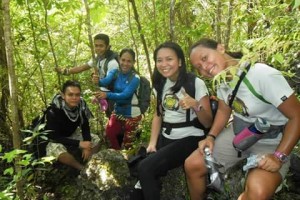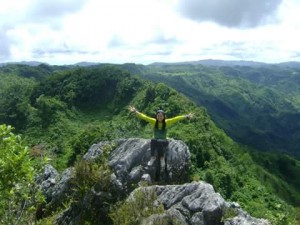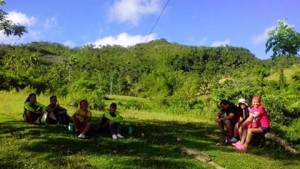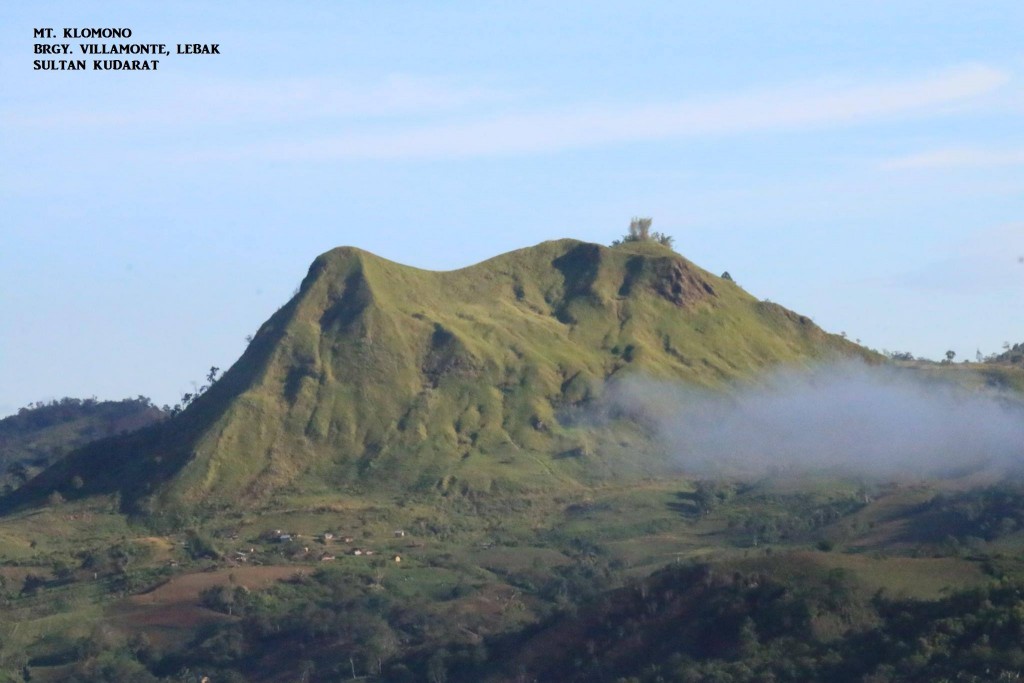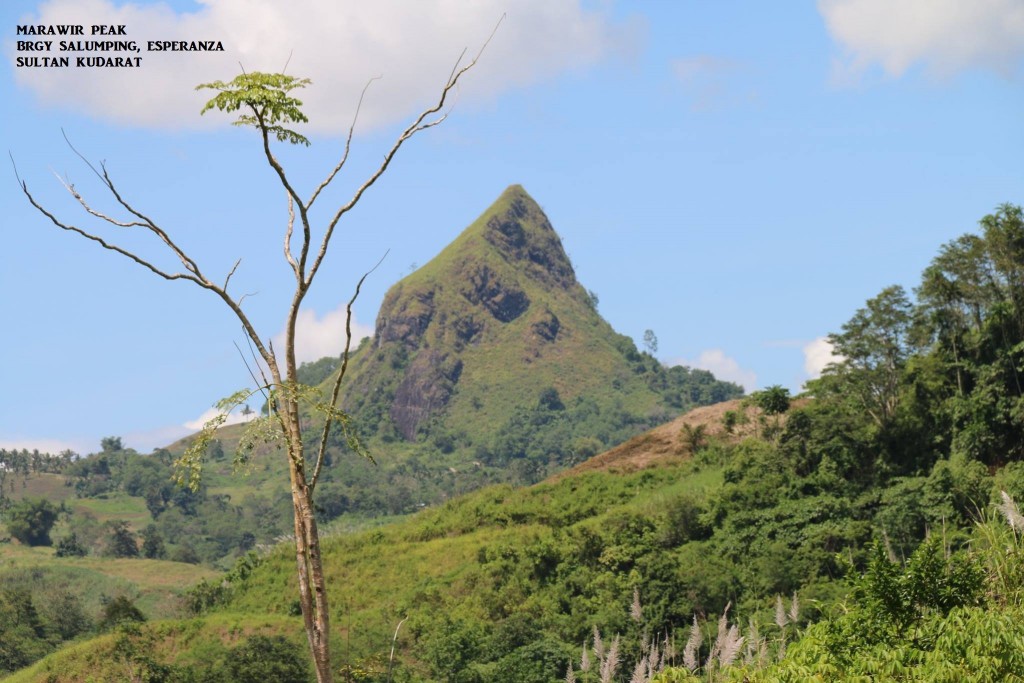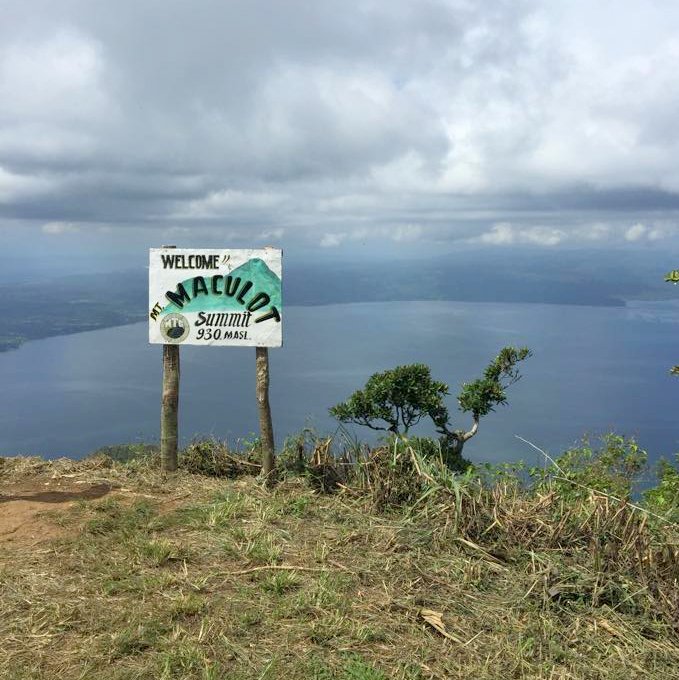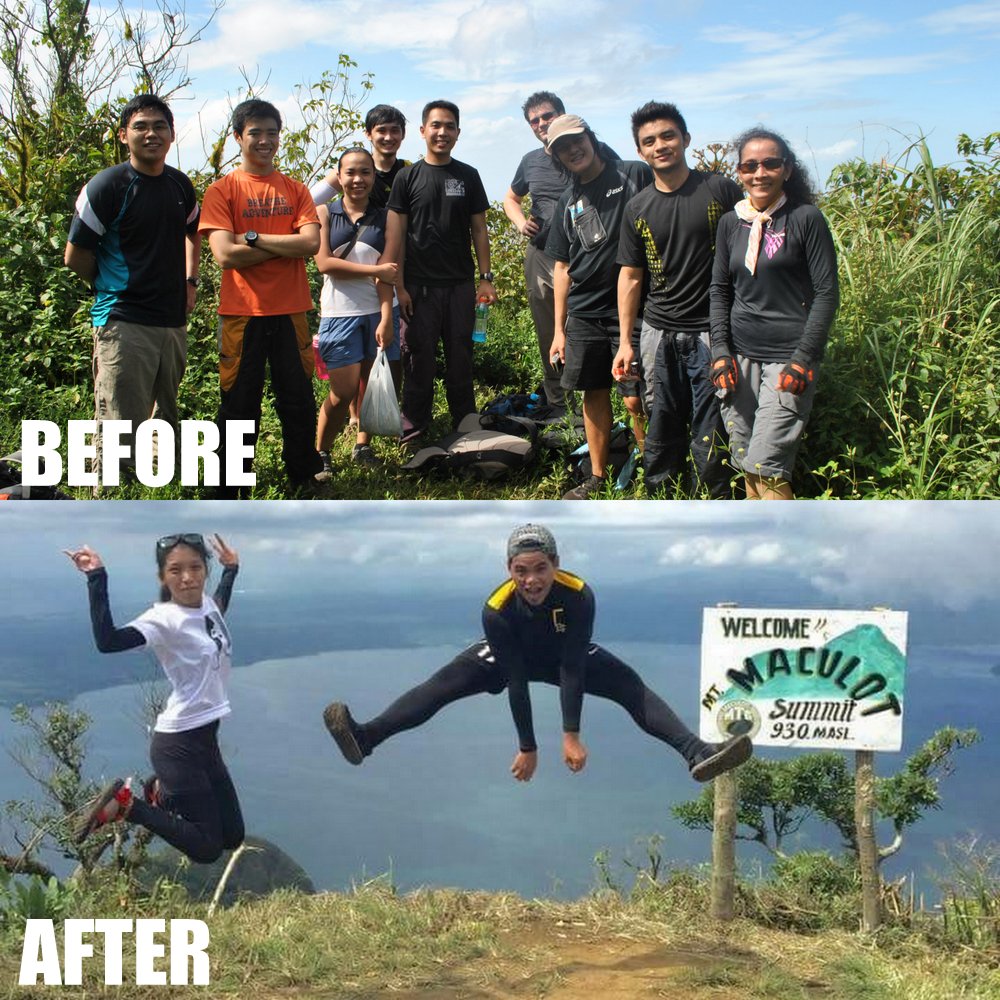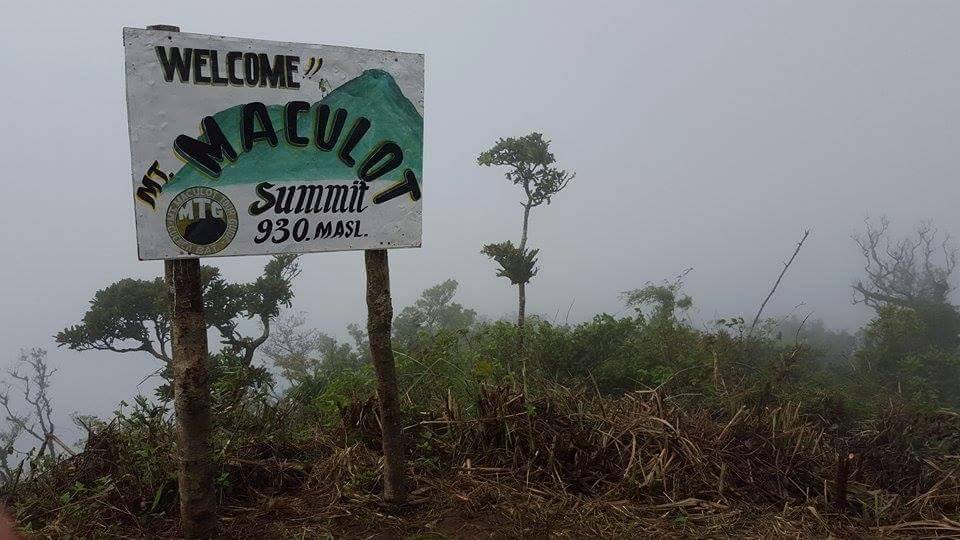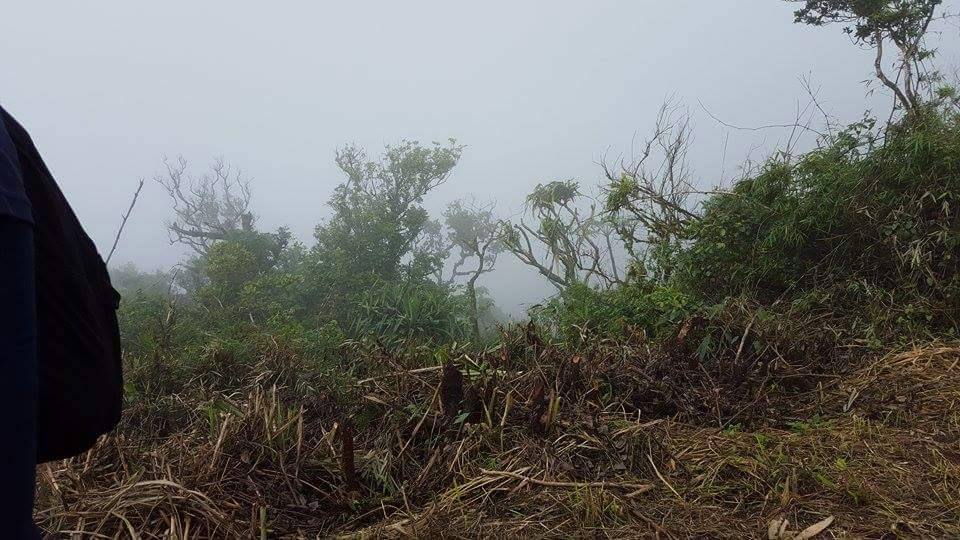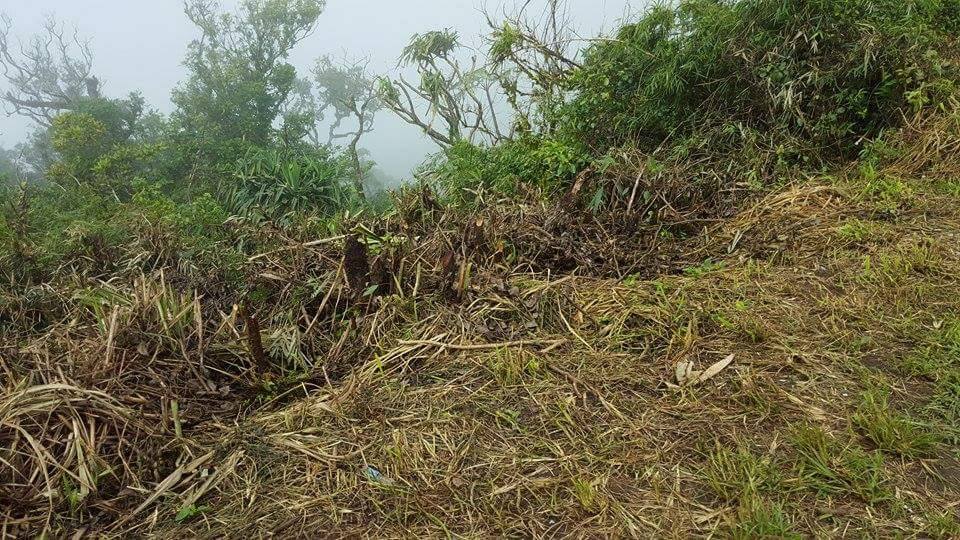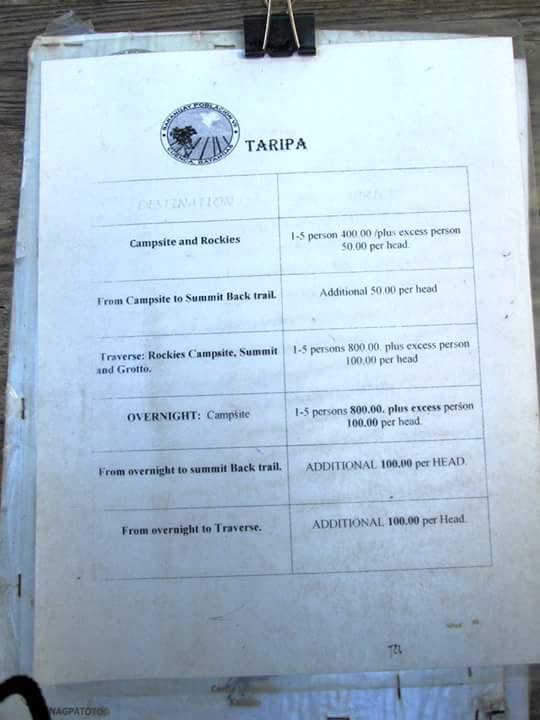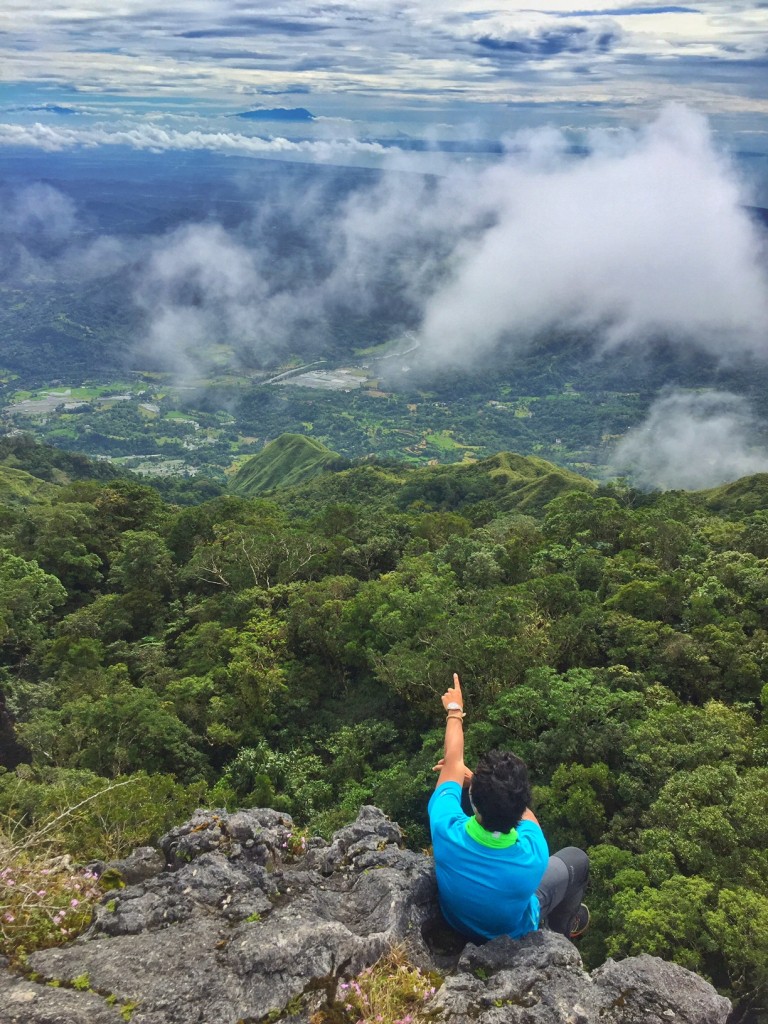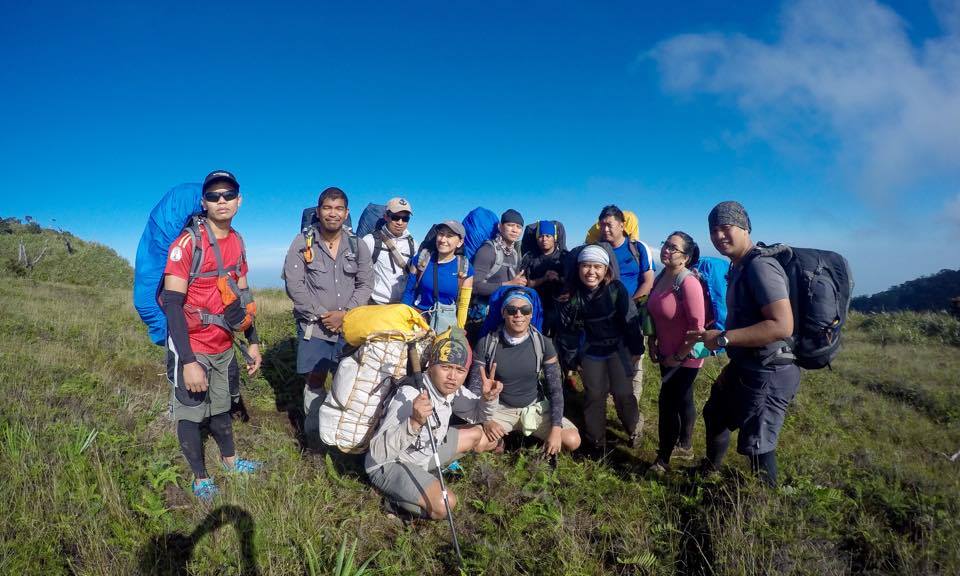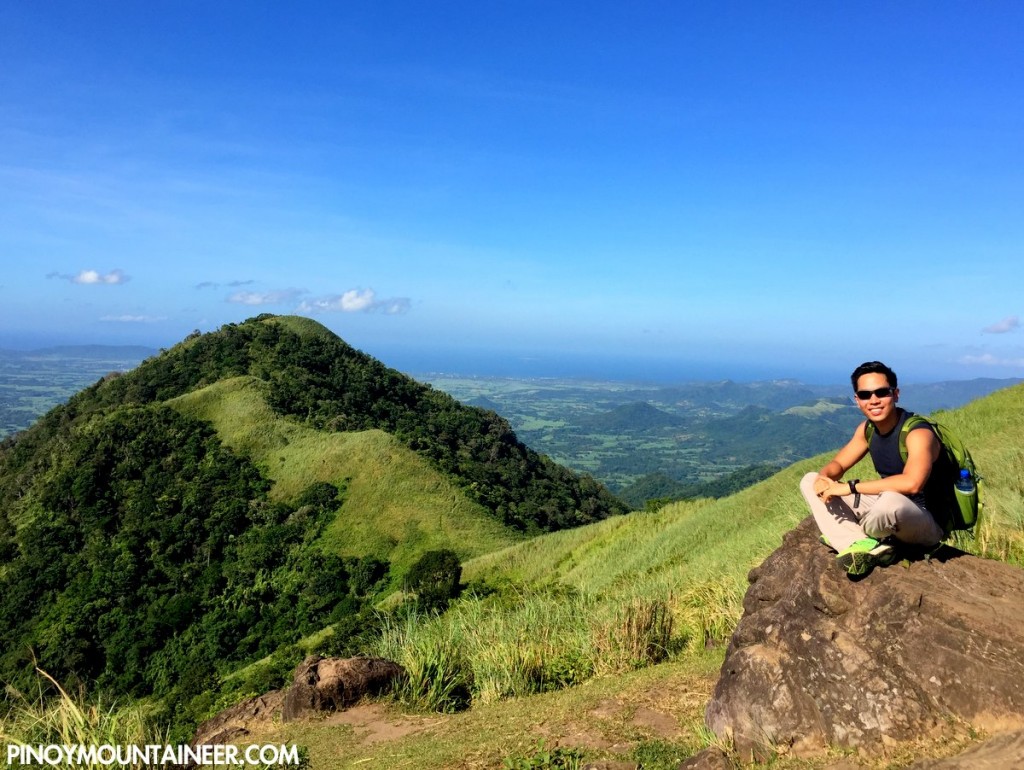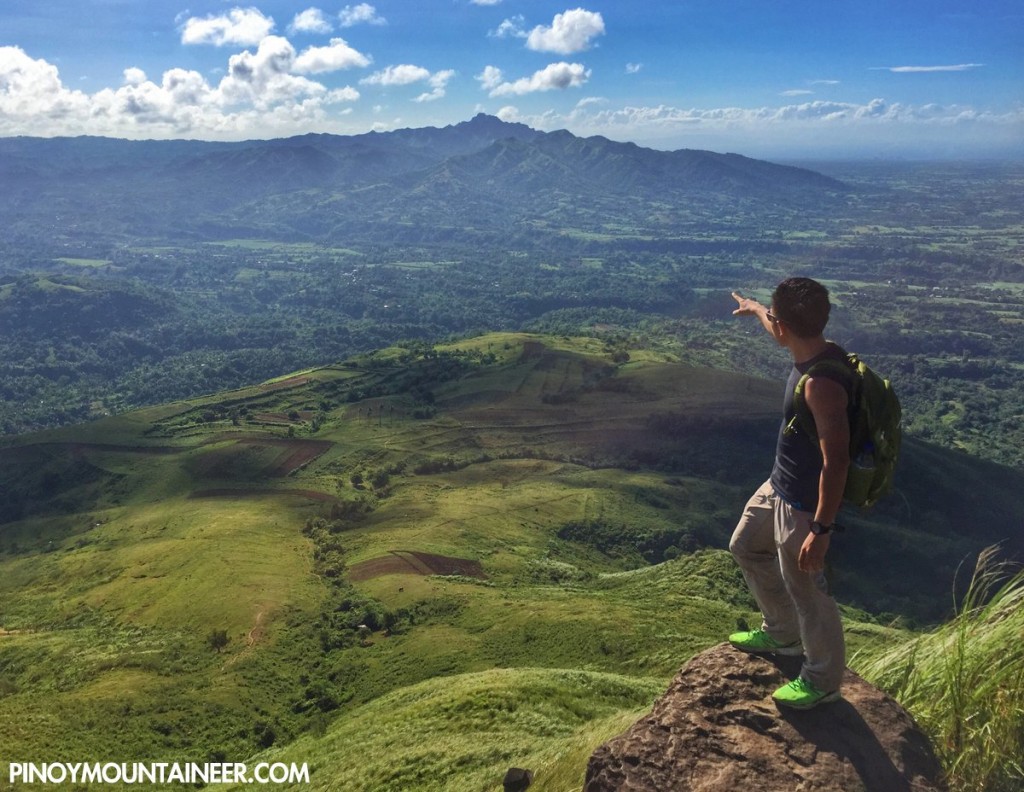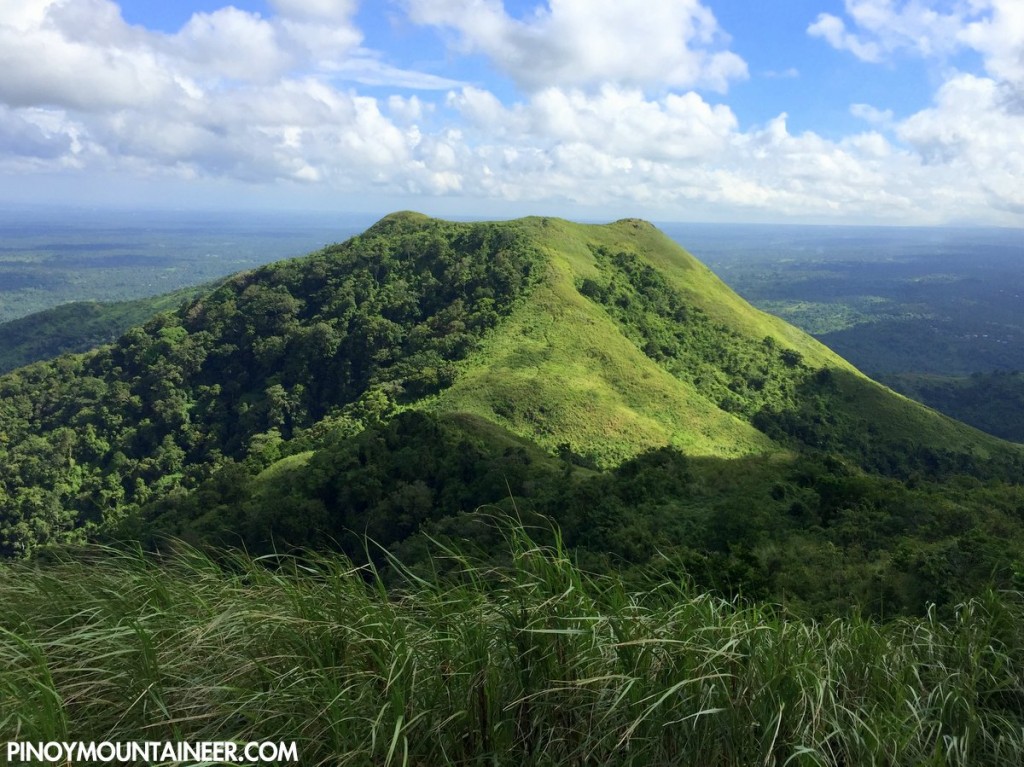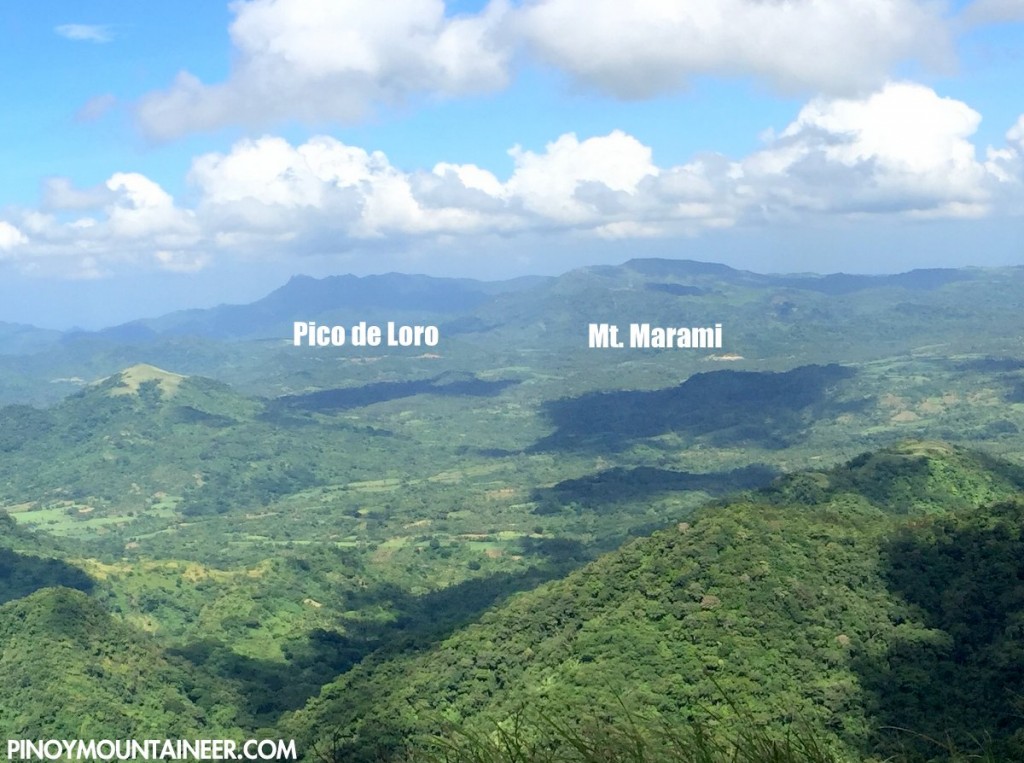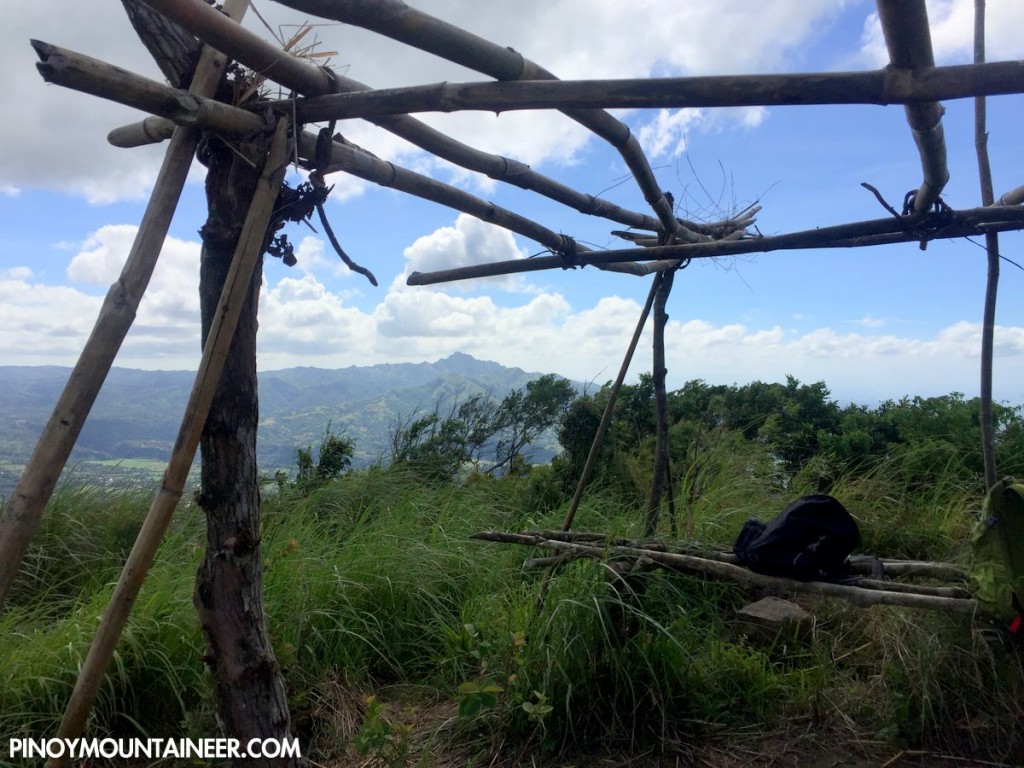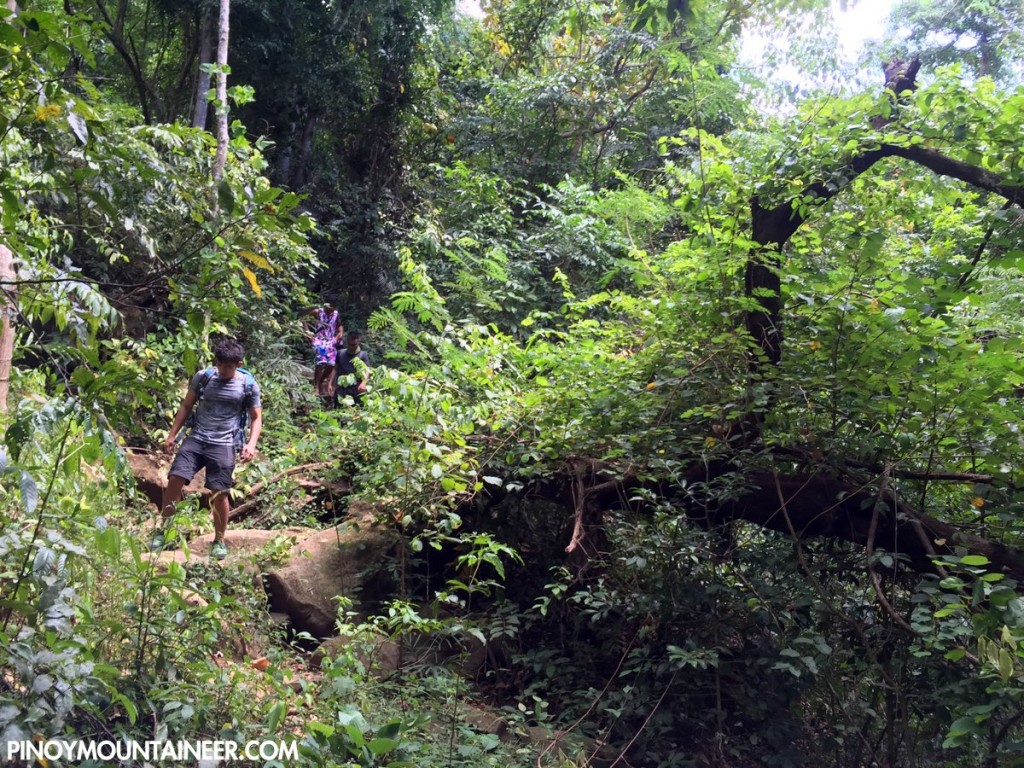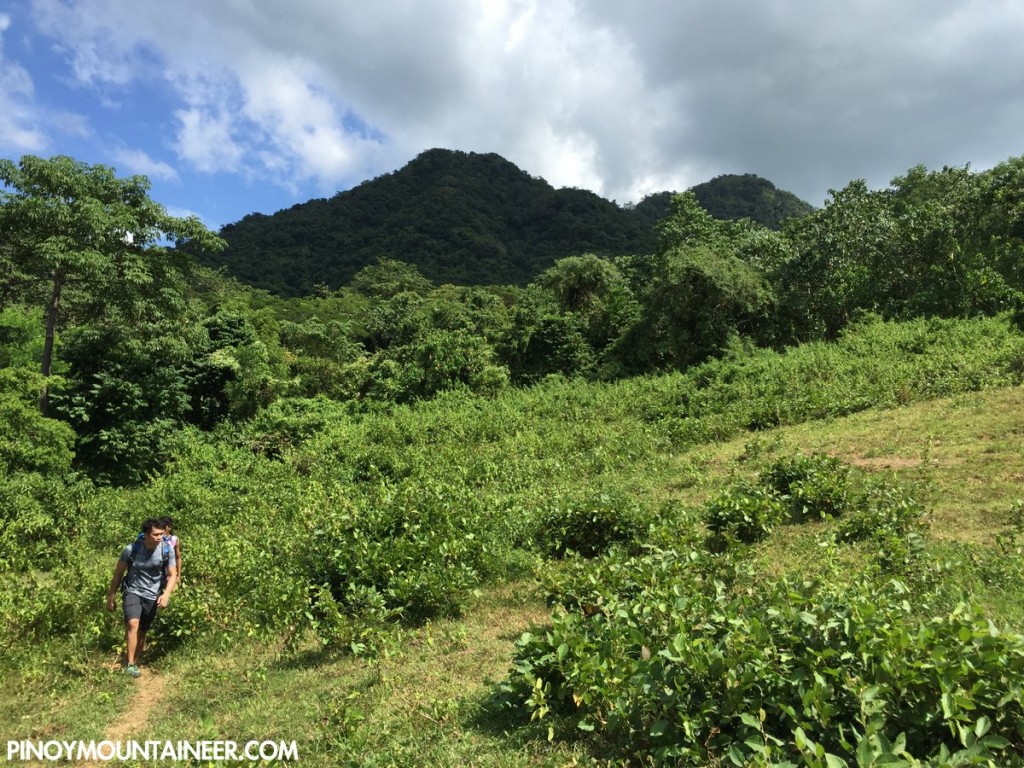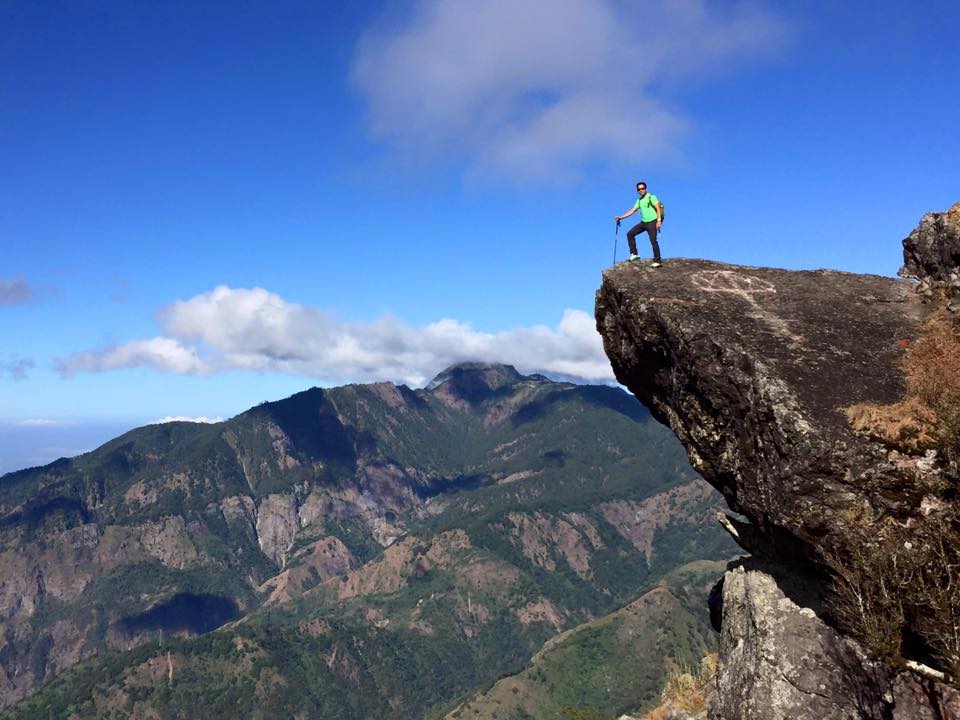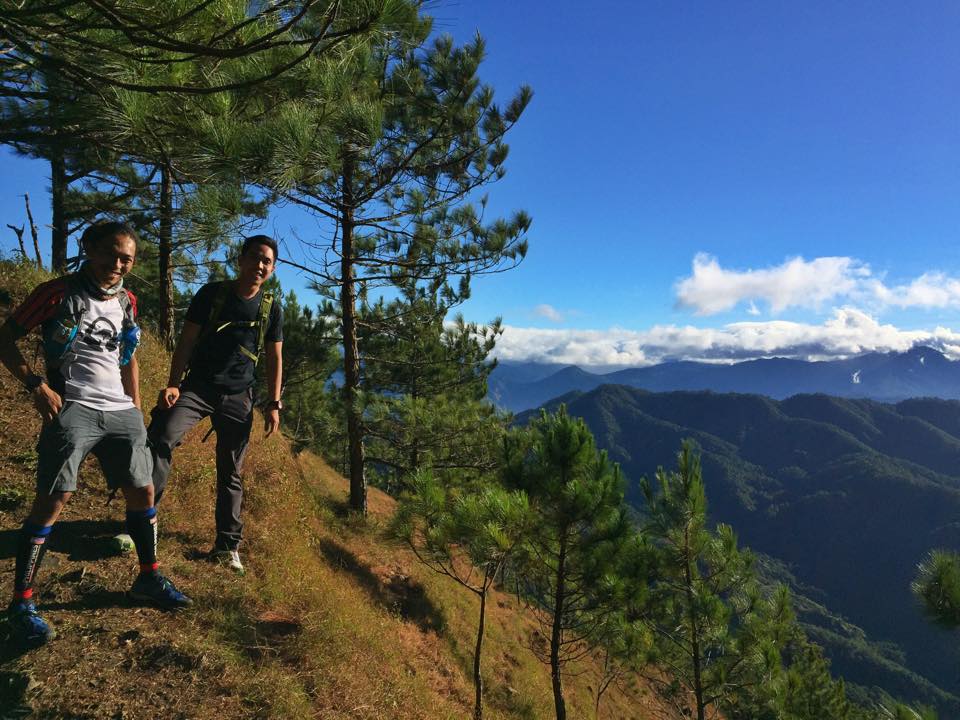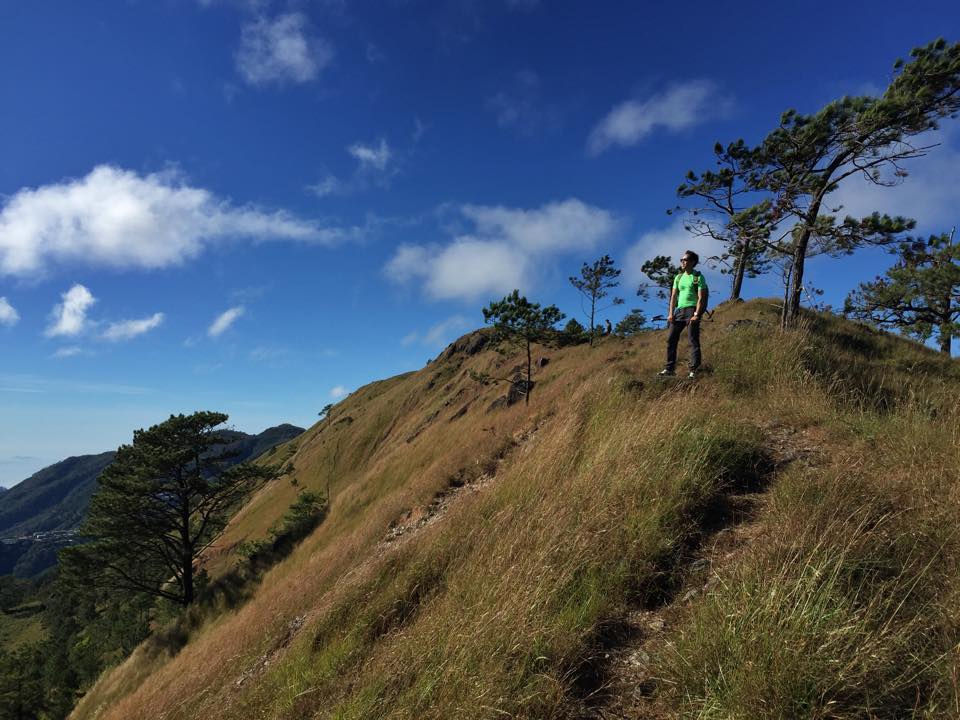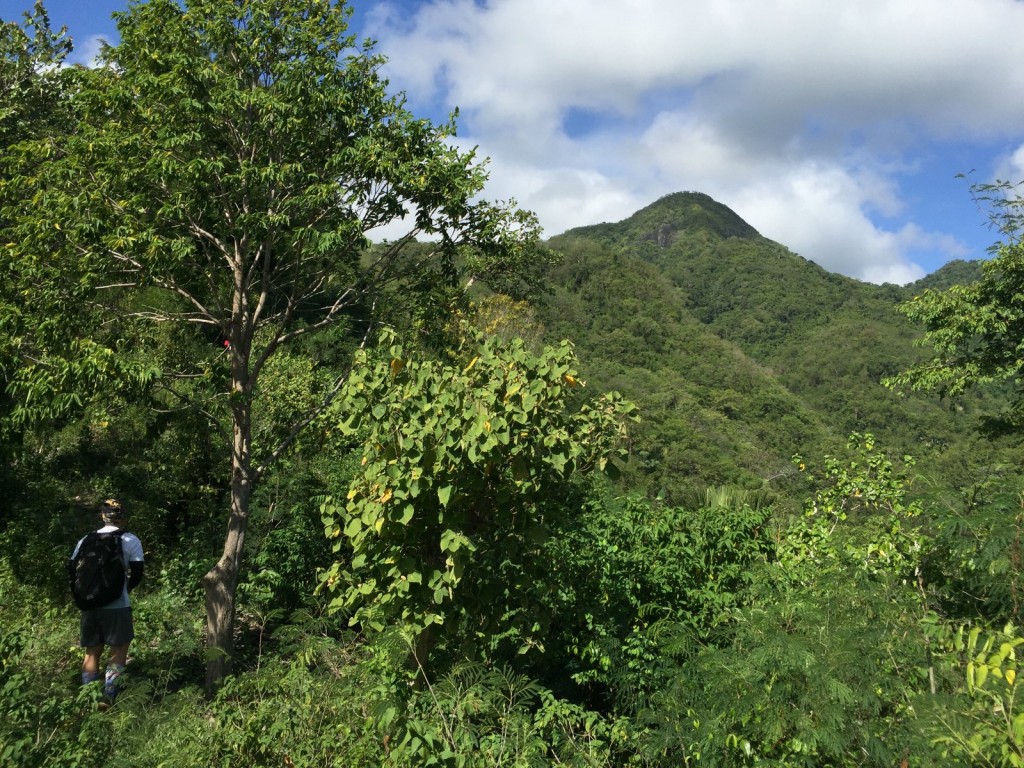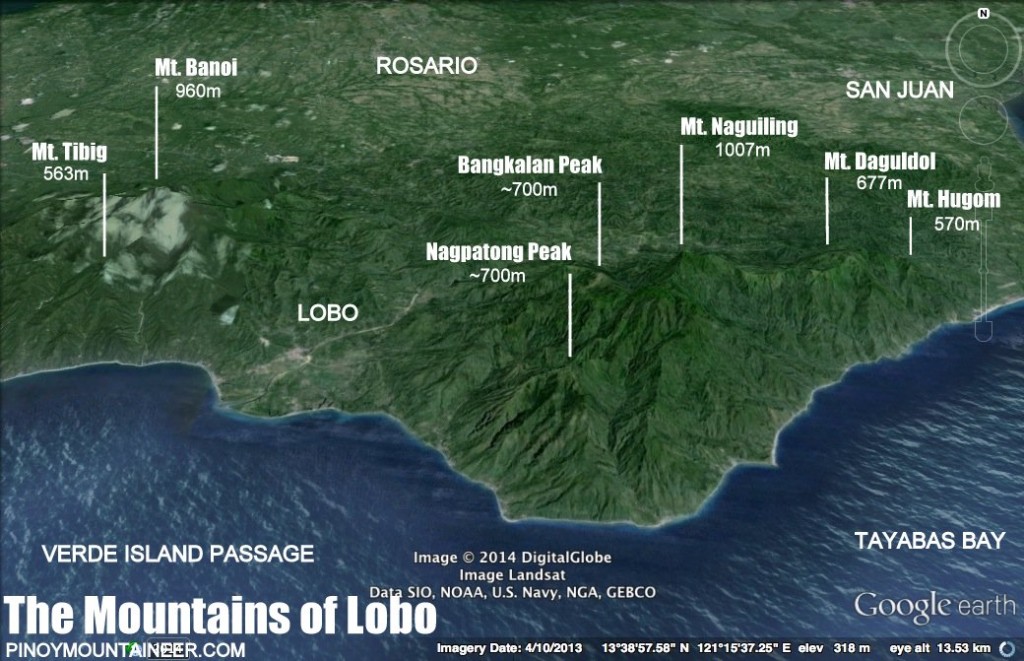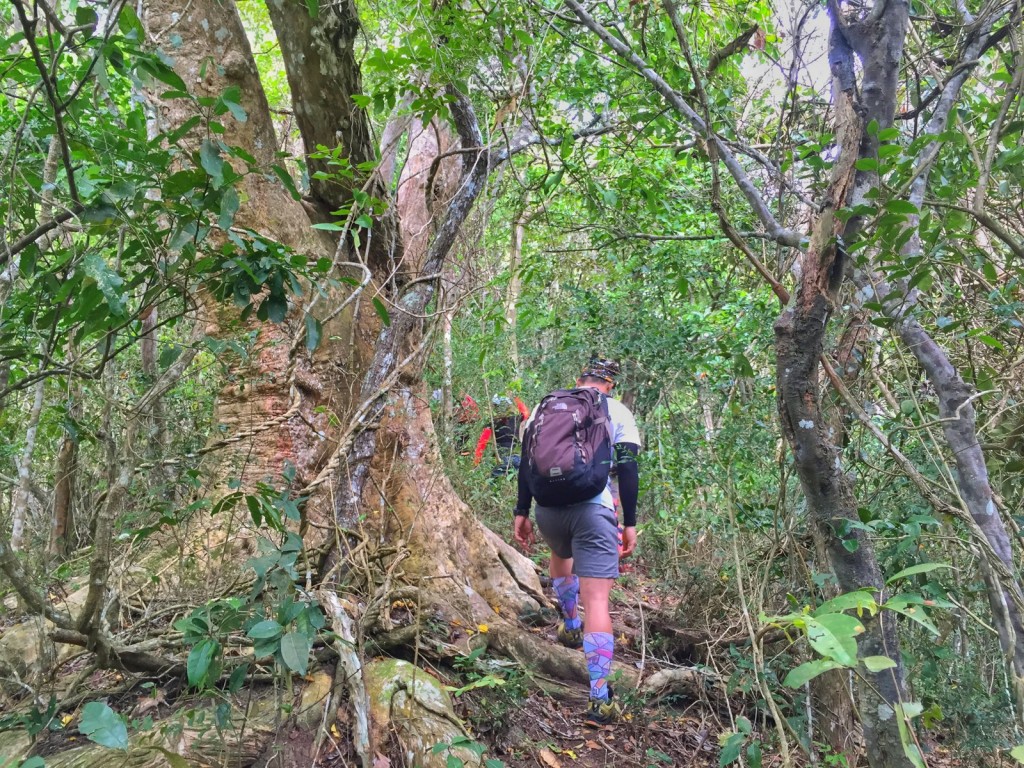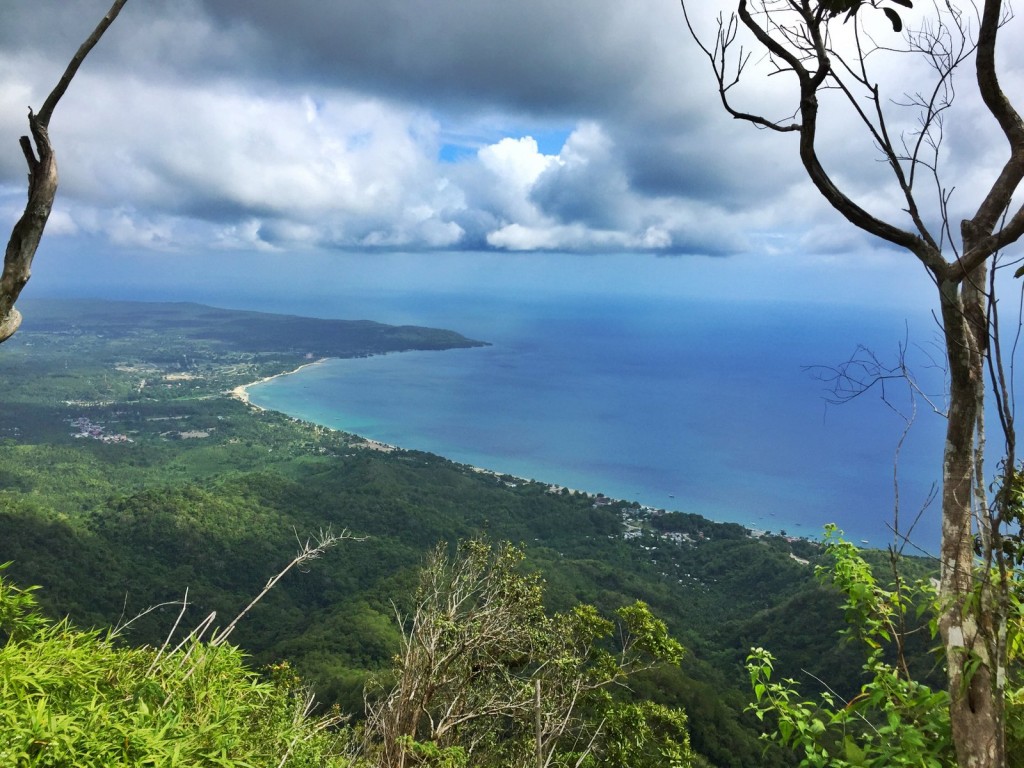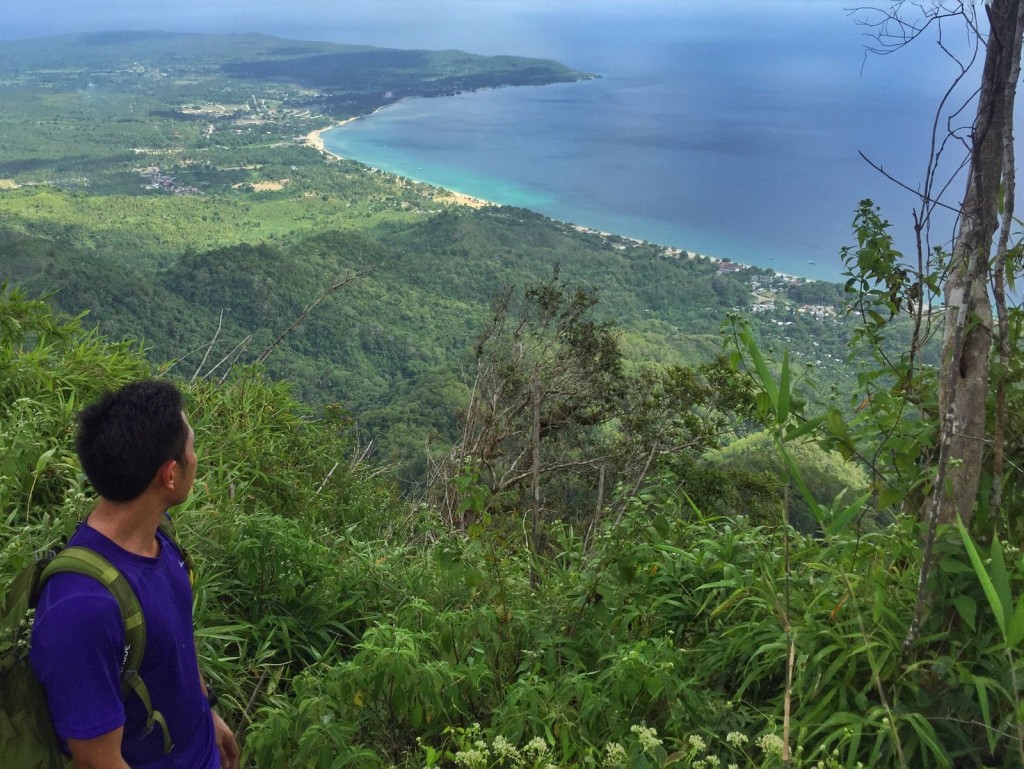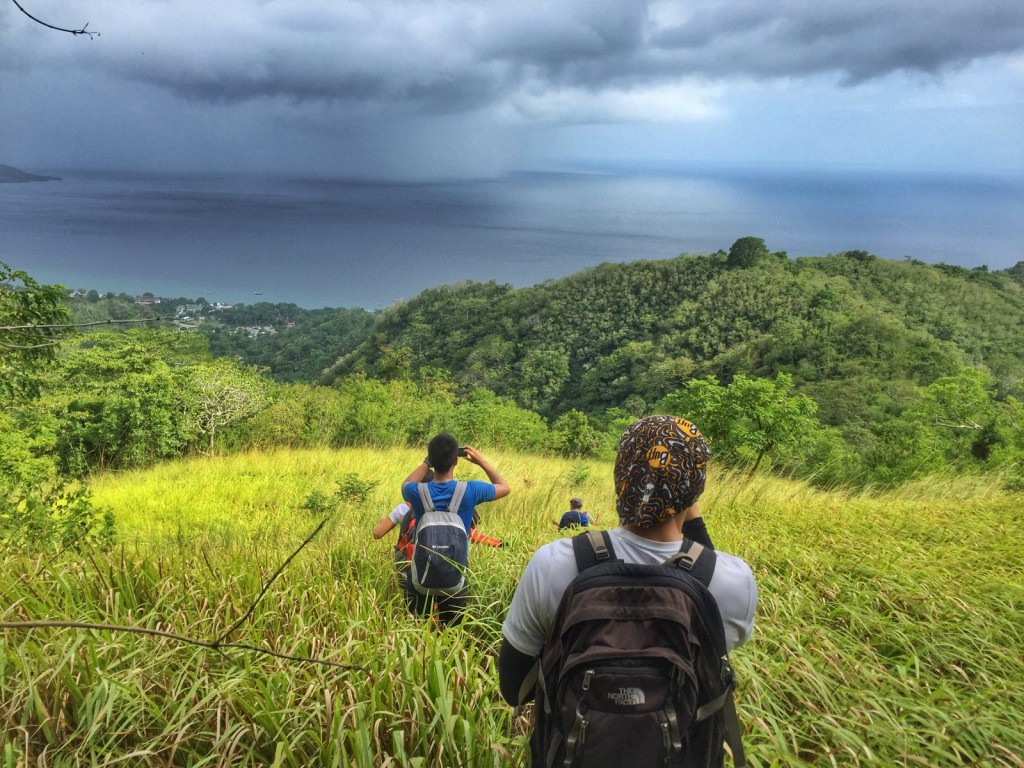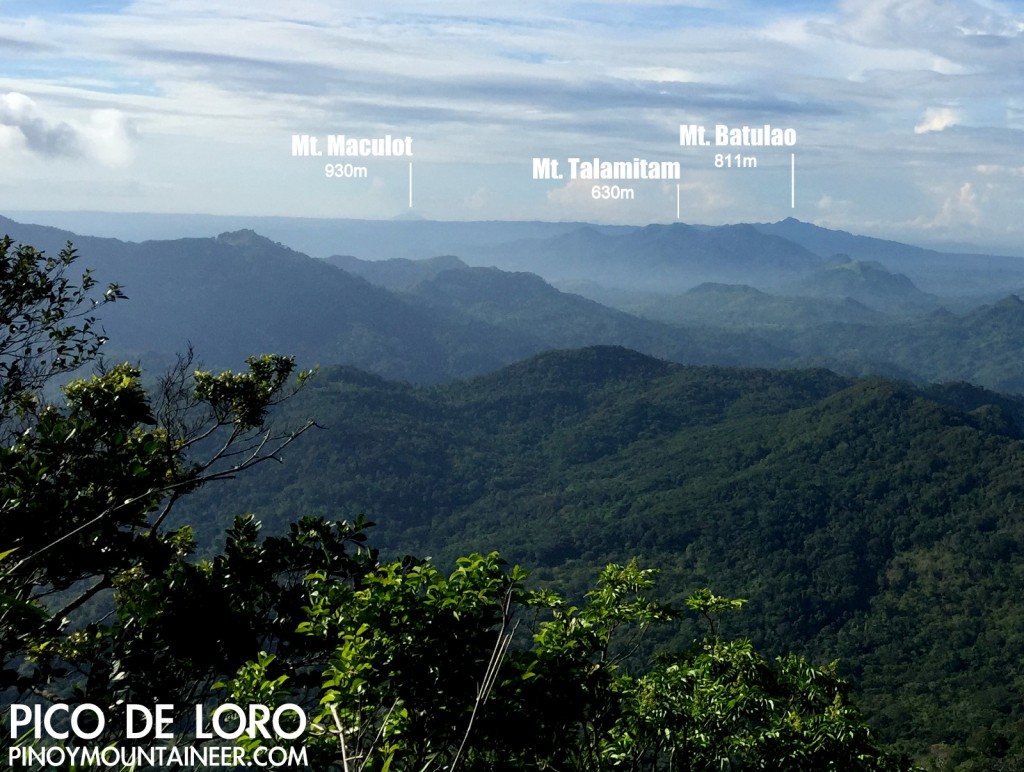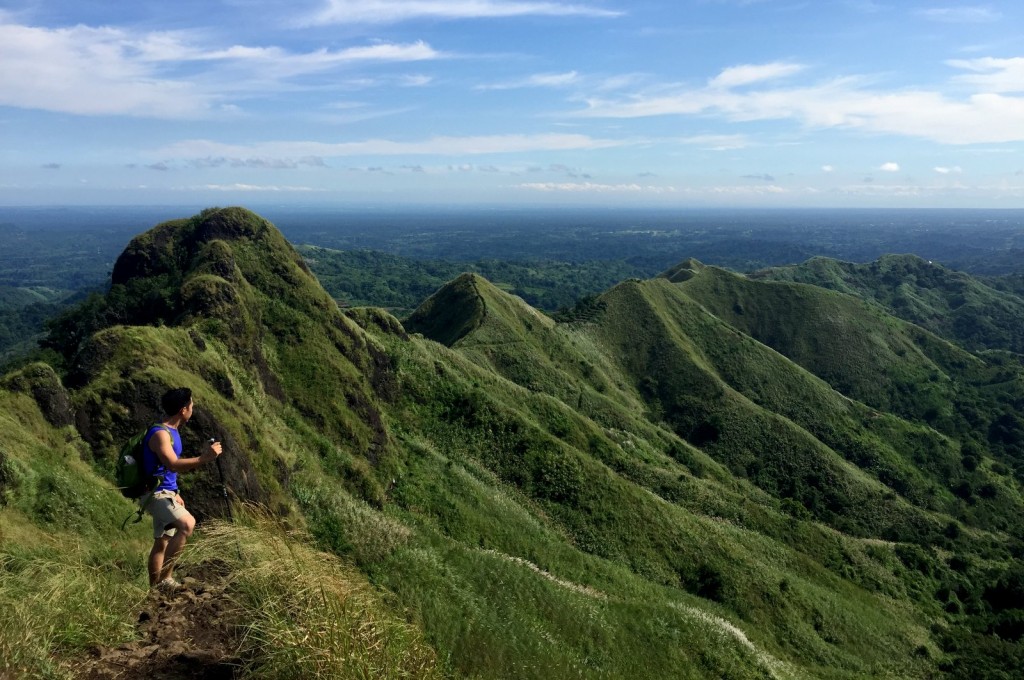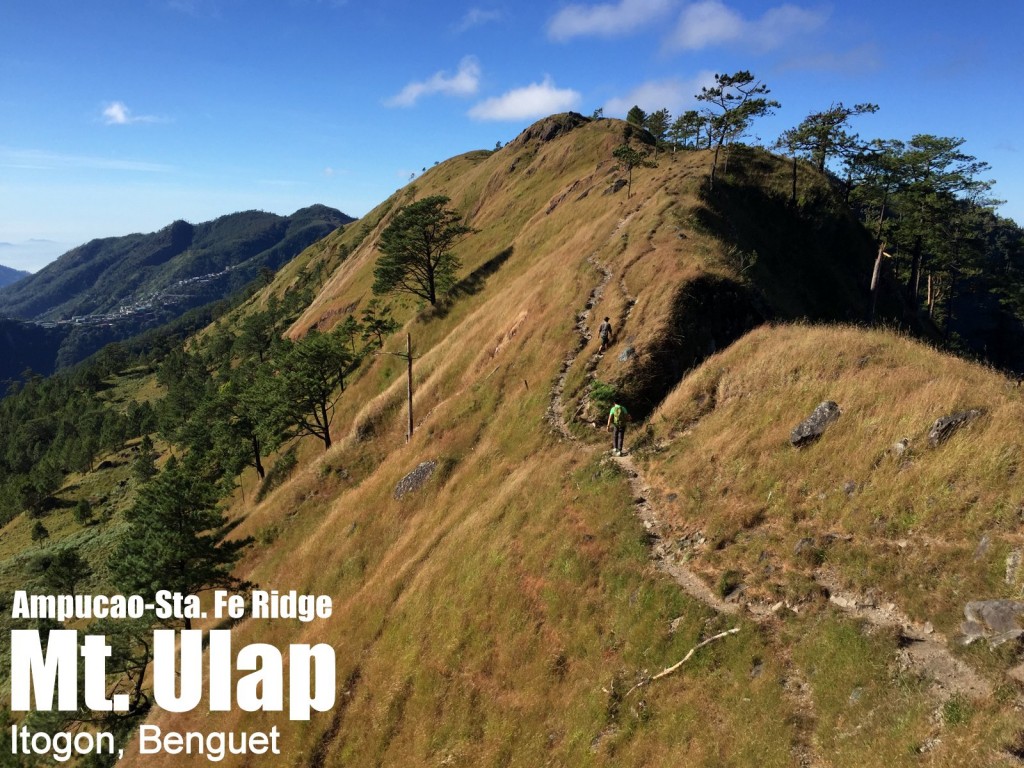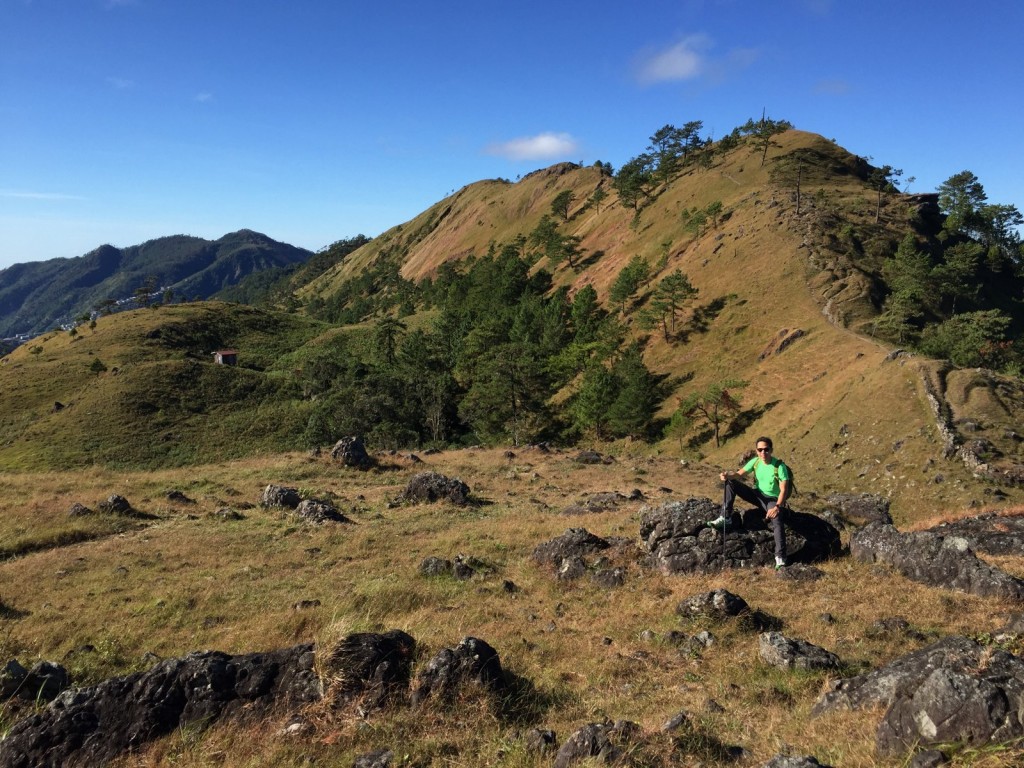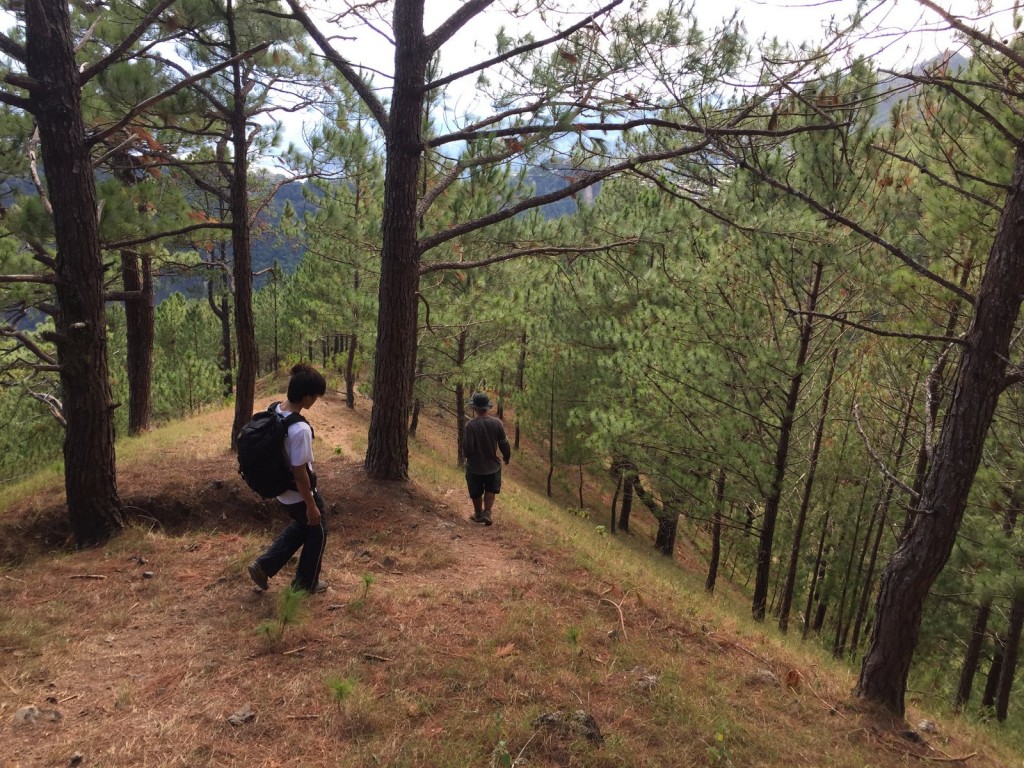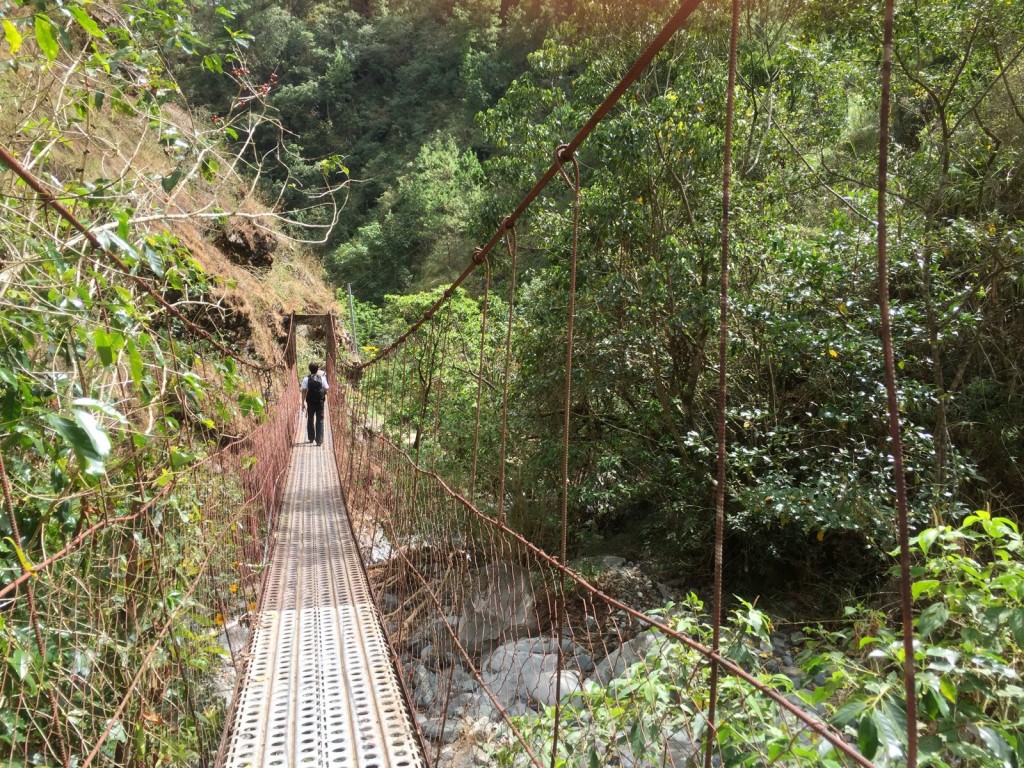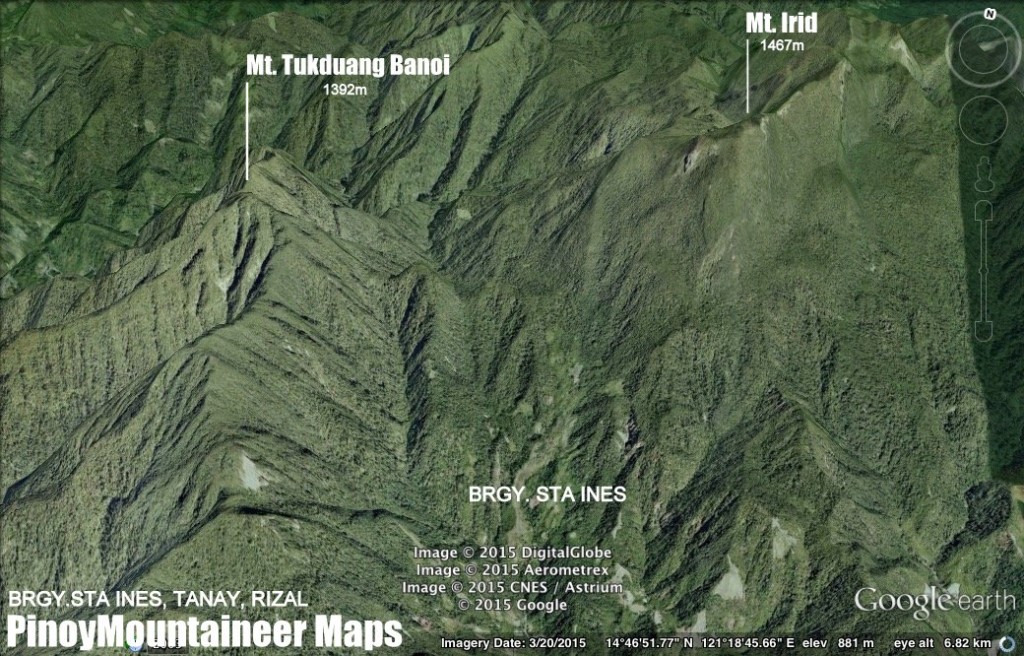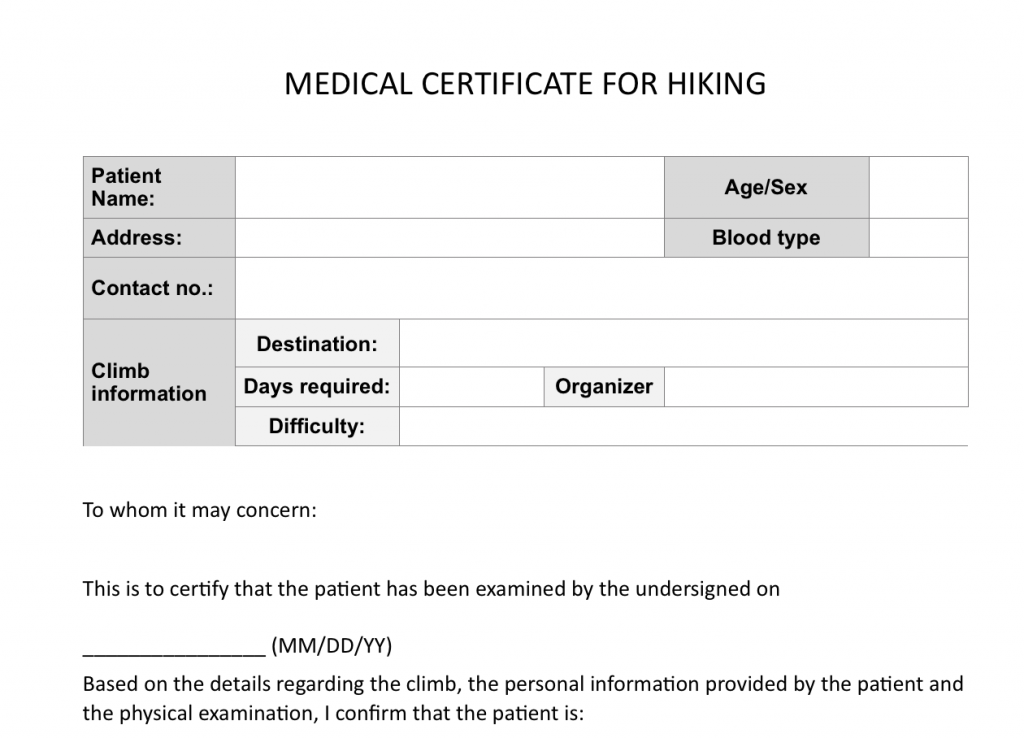![12200509_10153291177492615_1592357133_n]()
Blogger’s note: In the spirit of encouraging hikers to explore more of the Philippines, we welcome “trip reports” like this one! Just share the following (1) General Itinerary (short description lang of each day, jump off points, and/or sequence of the mountains); (2) Team leader/s (3) Participants (4) Guides (5) What inspired you to do the particular? (6) What are the highlights of the trip? (7) How do you feel about the experience? And email them to news@pinoymountaineer.com.
“Mindanao Madness” – Lumot-Sumagaya, Kitanglad Quadruple Peaks, Kalatungan
Participants: Jepoi Mansibang (TL), Harold Mark Borja (author of this account), Eric Gavino, Andro Molina, John (Kalog) Salinde, Reginald Bucot, Gem-Era Carlos Cayanan, Abby Alcaide, Sheena Merdegia, William Pajarillo, Rion Layon, Dennis Martinez, Robert Cuya
Guides: Marvin and Porters (Sumagaya-Lumot Phase), Walter, Guides and Porters (Kitanglad Mountain Range Phase), Glenn and Porters (Kalatungan Mountain Range Phase)
“Mindanao Madness” was an eight day adventure, six and half-day of which comprises the climb proper and the remaining day(s) are mostly consumed on transferring from one phase to another. We also added one day as our buffer for the climb just in case unprecedented things may occur making it a 9 days Itinerary Climb.
First Phase (Mt. Sumagaya Traverse Mt. Lumot) – Oct 24-25, 2015
The team started trekking at Brgy. Pambugas, Claveria at around 1:00PM. We reached our first stop over at Purok 7 at around 2:00PM. The ascent started from this point up to the campsite of Mt. Sumagaya. The team reached the campsite at around 7:00PM in the evening. The next day the team headed for Mt. Lumot. We started trekking at around 9:00AM. The team reached the crash site at around 12:30PM. At around 6:00PM we reached the end of the traverse, ending it at Brgy. Lunotan, Gingoog City. The team rested for one night at Gingoog City before proceeding to the next phase of the climb.
Second Phase (Mt. Kitanglad – Mt. Dulang-Dulang – Langkayugan Peak – Mt. Maagnaw (Oct 27-29, 2015)
The team started trekking at Brgy. Lupiagan, Sumilao Bukidnon at around 8:00AM. We reached the Kitanglad summit at around 11:30AM. The team started descending to the ridge between Mt. Kitanglad and Mt. Dulang-Dulang at arounf 1:00PM. We started our ascent to Mt. Dulang-Dulang summit at around 5:00PM and reached the campsite at around 7:00PM. The team camped in Mt. Dulang-Dulang. The next day the team is heading for Langkayugan Peak. We started trekking at around 9:00AM and reached Langkayugan Peak at around 2:00PM. The team decided to camp there and will just do an assault to Mt. Maagnaw. We started our assault at around 3:30PM and reach Mt. Maagnaw suumit at around 5:00PM. We headed back to Langkayugan Peak and reached the campsite at around 7:00PM. On the last day of the second phase of the climb we started trekking at around 9:00AM. The team reached Brgy. Songco, Lantapan, Bukidnon at around 2:00PM. The team headed directly to Pangantucan to for the last phase of the climb.
Third Phase (Mt. Kalatungan Traverse Mt. Wiji (Makaupao) (Oct 30-31, 2015
The team started trekking at Brgy. Mendis, Pangantucan, Bukidnon at around 8:00AM. We reached the Junction campsite at around 2:00PM and the team decided to camp there. The team started to assault Mt. Kalatungan summit at around 3:30PM and reached the peak at around 4:30PM. The team returned to the camp and reached it at around 5:30PM. The next day the team started trekking for the last mountain Mt. Wiji (Makaupao) at around 9:00AM and reached the summit at around 11:00AM. The team reached the end of traverse at around 2:00PM completing the Mindanao Madness.
What inspired you to do the particular?
Jepoi Mansibang, the lead of the climb initially started the Mindanao Madness last year climbing 7 peaks. With this, the initiative to do a sequel comes in play thus creating the Mindanao Madness 2. This time targeting to complete an 8 peaks all having an elevation of more than 2000MASL. The team was inspired to do this arduous climb because we want to explore the beauty and culture of Northern Mindanao.
What are the highlights of the trip?
One of the highlights of the trip is climbing 8 of the two-thousanders of Northern Mindanao. During our Mt. Sumagaya – Mt. Lumot climb or the First Phase of the climb we get to see for ourselves the crash site of the Cebu Pacific plane. Most of the mountains if not all of them consist of a majestic mossy forest. Mt. Sumagaya will offer you a view of Mt. Balatucan and other peaks of the Sumagaya mountain range.Mt. Kitanglad will offer you the knee-breaking stairs to summit. Mt. Dulang-Dulang has a very enchanting mossy forest amongst the 8 peaks we climb. Langkayugan Peak will give you a 360degrees view of the mountains of Kitanglad Range and Kalatungan Range. Mt. Kalatungan has the most number of peak of deception then G2. Mt. Maagnaw is the balcony to other peaks inside the Kitanglad Mountain Range.
How do you feel about the experience?
The whole climb was an experience of a life time. A dream climb that any mountaineer can imagine. Venturing to an 8 days climb is not that easy considering the logistics and patience of everyone travelling from one point to other. It was overwhelming at the end of the climb that we even hug each other at the jump off of Mt. Kalatungan and jumping for joy that we finished this climb safely and still kicking. The whole team work together and compromise if needed. It was indeed a success and another thing that goes through history. Mindanai Madness 3 will surely happen next year.
The post Trip report: 9-day “Mindanao Madness” – Lumot-Sumagaya, Kitanglad Range, Kalatungan appeared first on Pinoy Mountaineer.
![]()
